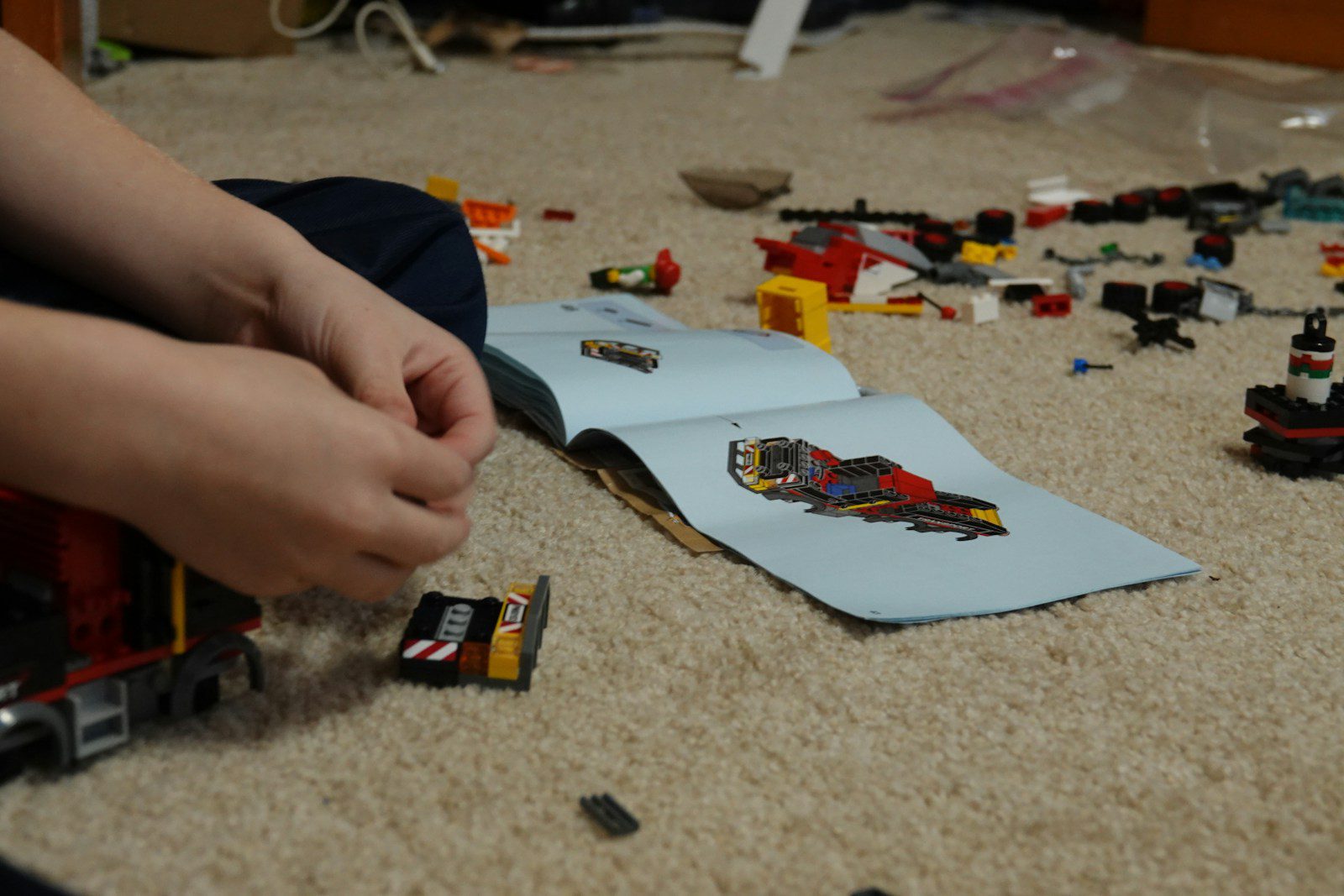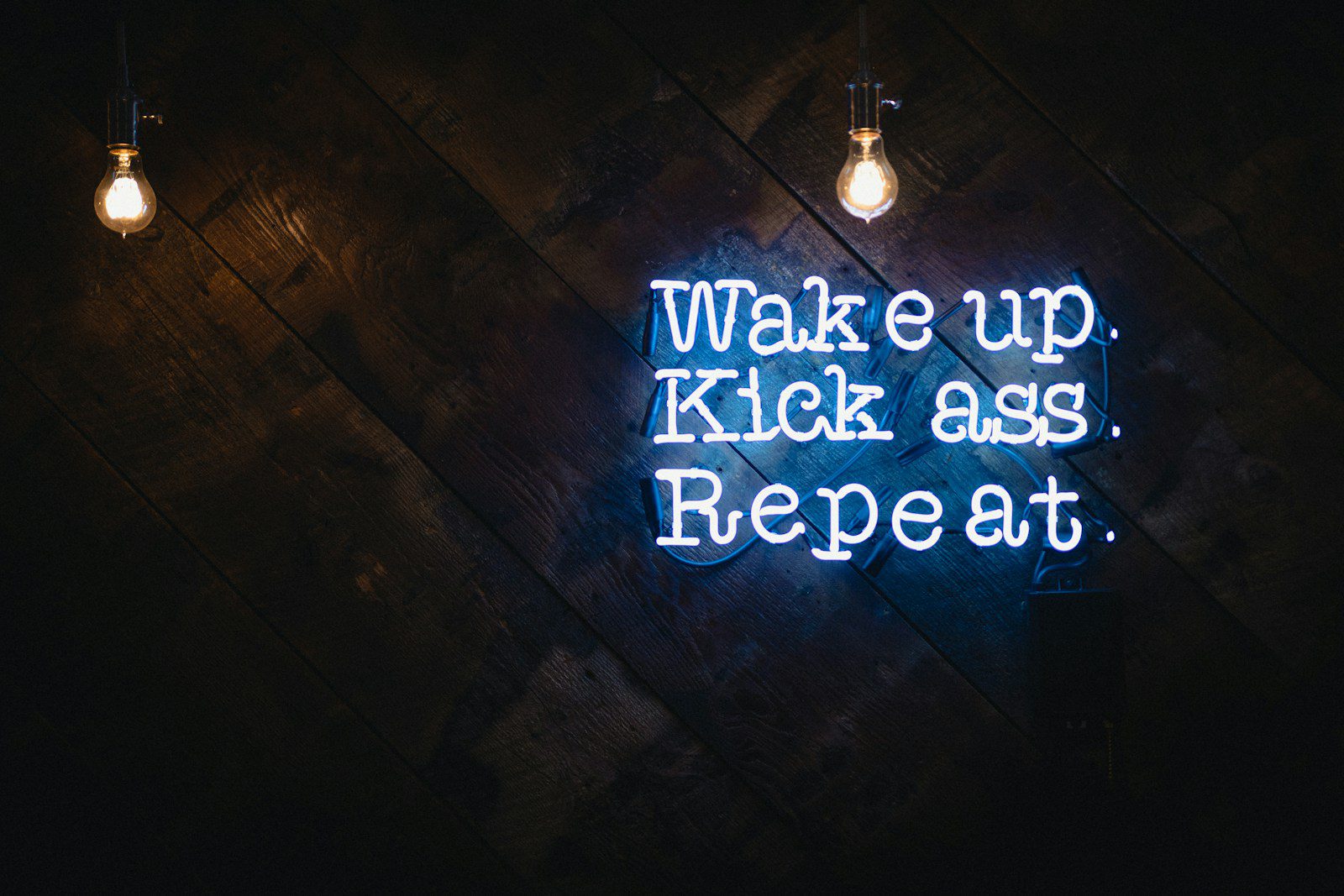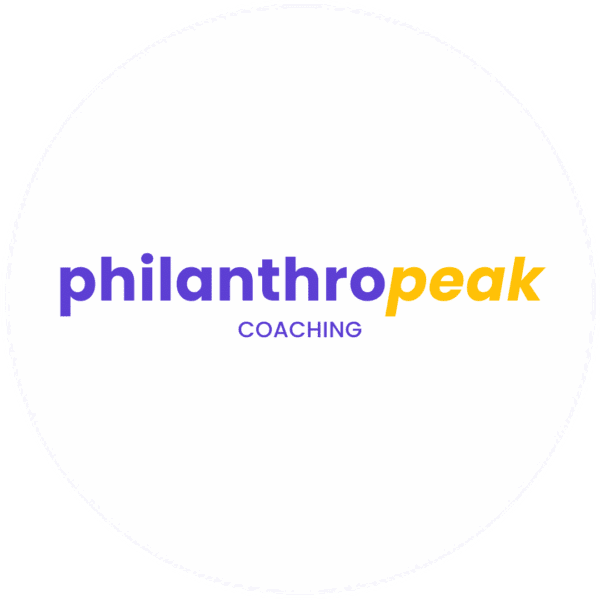
Navigating Group Dynamics: How ADHD Affects Decision-Making in Collaborative Teams
Ever wondered how ADHD plays a part in team decision-making? It’s a bit like trying to herd cats. People with ADHD bring a unique set of skills and challenges to the table. Sometimes it feels like they’re juggling a million things at once. This can make decision-making in teams a bit tricky. But don’t worry, it’s not all bad news. There are ways to make it work and even use it to the team’s advantage. Let’s dive into how ADHD can affect decisions when working with others.
Key Takeaways
Table of Contents
Toggle- ADHD can make team decision-making a bit chaotic, but it’s manageable with the right strategies.
- People with ADHD often think outside the box, which can lead to creative solutions.
- Challenges like impulsivity and hyperfocus can affect how decisions are made in a team setting.
- Creating a supportive environment helps everyone work better together, including those with ADHD.
- Understanding and using ADHD strengths can turn potential issues into team assets.
Understanding ADHD in Collaborative Teams
The Role of ADHD in Team Dynamics
ADHD in team settings can be a bit like adding a wildcard to a game. You never quite know what to expect, but it can lead to exciting outcomes. Folks with ADHD often bring a fresh perspective, seeing connections others might miss. They might jump from idea to idea, which can spark creativity and innovation. However, this same trait can sometimes disrupt the flow if not managed well. It’s all about finding that balance. A team that understands this can really tap into the unique strengths ADHD brings.
Common Misconceptions About ADHD
There’s a lot of misunderstandings floating around about ADHD. Some folks think it’s just about being hyper or that it’s an excuse for laziness. But that’s far from the truth. ADHD affects how people process information and manage tasks. Many with ADHD put in extra effort just to keep up. Misconceptions about ADHD can lead to unfair judgments, which is why it’s important to educate teams about the real challenges and strengths involved. Understanding these can help in building a more inclusive and supportive team environment.
Recognising ADHD Symptoms in Team Members
Spotting ADHD in team members isn’t always straightforward. It’s not just about someone being distracted or fidgety. It’s more about patterns, like struggling with time management or getting overwhelmed easily. Recognising ADHD symptoms early can help in creating tailored strategies that support the individual and the team. Encouraging open communication can make it easier for team members to express their needs and for the team to offer the right support. This understanding can transform potential challenges into opportunities for growth.
The Impact of ADHD on Decision-Making

Cognitive Flexibility Challenges
Ever tried changing gears in a car that just won’t shift smoothly? That’s kinda what it’s like for someone with ADHD when it comes to cognitive flexibility. Shifting from one thought or task to another can be a real struggle. This rigidity can make decision-making a bit of a nightmare, especially when you need to adapt quickly to new situations. People with ADHD might find themselves stuck on a single idea, unable to move on, which can slow down the whole decision-making process. It’s like trying to turn a cruise ship on a dime – not easy!
Emotional Regulation and Decision Paralysis
Emotions can run high for folks with ADHD, and when it comes to making decisions, this can lead to a sort of freeze – decision paralysis. Imagine standing in front of an ice cream counter with a hundred flavours, and you’re just stuck, unable to pick one. That’s what heightened emotions can do, making even simple choices feel overwhelming. This emotional storm can cloud judgement and make it tough to weigh options logically. Sometimes, the fear of making the wrong choice is so intense that it stops any choice from happening at all.
The Role of Hyperfocus in Decision-Making
On the flip side, hyperfocus can be a superpower for those with ADHD. When something grabs their interest, they can dive deep, like really deep, into it. This intense focus can be a blessing and a curse. On one hand, it allows for incredible concentration and productivity on tasks they find engaging. On the other, it can mean they get lost in the details, missing the bigger picture necessary for balanced decision-making. It’s like being so zoomed into a painting that you miss the whole gallery.
Understanding these dynamics is crucial. Recognising how ADHD affects decision-making can help teams develop better strategies to support their members, ensuring everyone is on the same page and moving forward together.
Strategies for Effective Collaboration with ADHD
Creating a Supportive Environment
Building a supportive environment is like laying the groundwork for a house. It’s gotta be solid for everything else to stand. For folks with ADHD, a well-structured workspace can make a world of difference. Think about it, less clutter means fewer distractions. Clear spaces lead to clear minds. Consider setting up quiet zones or using noise-cancelling headphones to block out the hustle and bustle. And hey, flexible work hours can really help folks work when they’re at their best.
A supportive environment isn’t just about the physical space; it’s about fostering relationships and accessing the right tools to empower your decision-making process.
Utilising ADHD Strengths in Teams
ADHD isn’t just about challenges; it’s got its perks too. People with ADHD often have this thing called hyperfocus. When they’re into something, they’re really into it. This can be a huge asset in teams. Assign tasks that align with their interests and watch them go. Their ability to think outside the box can lead to innovative solutions that others might miss. It’s all about playing to their strengths and encouraging them to share their unique perspectives.
- Harness hyperfocus: Assign tasks that match their interests.
- Encourage creativity: Value and seek out their unique ideas.
- Promote diverse thinking: Use brainstorming sessions to tap into their potential.
Implementing Structured Communication
Communication is key, right? But it’s gotta be clear and structured, especially for those with ADHD. Ambiguity can be a nightmare. Break down tasks into smaller, manageable parts with clear deadlines. Regular check-ins can keep everyone on track and provide a chance to adjust if needed. Use project management tools to keep everything organised. These tools not only help those with ADHD but improve the whole team’s productivity.
- Break tasks down: Make them manageable with clear steps.
- Set clear expectations: Avoid ambiguity by being specific.
- Use tools: Project management apps can keep everyone aligned.
By focusing on these strategies, teams can not only support their ADHD members but also enhance overall collaboration and productivity. It’s a win-win, really.
Tools and Techniques for Better Decision-Making
Using Visual Aids and Organisational Tools
When it comes to decision-making, especially for those with ADHD, visual aids can be a real game-changer. Imagine trying to solve a puzzle without seeing all the pieces – that’s what decision-making can feel like without some visual help. Tools like mind maps, charts, and even simple lists can help lay everything out clearly.
- Mind Maps: These are great for brainstorming and seeing how different ideas connect. They let you see the whole picture and how each part fits together.
- Charts: Use these to weigh pros and cons. Seeing everything in one place can make choices a bit clearer.
- Lists: Sometimes, just jotting down all your options can help. It gets them out of your head and onto paper, making them easier to tackle.
"Visual tools aren’t just about clarity; they’re about making the decision process less overwhelming and more manageable."
Mindfulness and Stress Management
Mindfulness might sound like a buzzword, but it’s super helpful for keeping stress in check, which is crucial when making decisions. When your brain is all over the place, it’s tough to make a choice. Practising mindfulness helps you stay grounded and focused.
- Deep Breathing: When you’re stressed, take a moment to breathe deeply. It helps calm your mind and body.
- Meditation: Even a few minutes a day can make a big difference. It helps clear your mind so you can focus on what’s important.
- Journaling: Write down your thoughts and worries. Seeing them on paper can make them feel less daunting.
Leveraging Technology for Decision Support
Technology isn’t just for social media and games – it’s a powerful ally in decision-making. With the right apps and tools, you can organise your thoughts and keep track of your choices.
- Task Management Apps: Tools like Trello or Asana can help you organise tasks and deadlines. They let you see what needs doing and when.
- Focus Apps: Apps like Focus@Will play music that helps you concentrate. Perfect for when you need to zone in on a task.
- Reminders: Set up reminders on your phone or computer. They keep you on track and make sure you don’t forget important tasks.
By using these tools and techniques, decision-making doesn’t have to be a headache. With a bit of structure and support, you can make choices with confidence and ease. Remember, it’s all about finding what works for you and sticking with it.
Building a Neurodiverse Team Culture

Encouraging Diverse Thinking
So, you’re looking to shake things up in your team? Start by celebrating all those quirky, unique perspectives. It’s like throwing a party where everyone brings their own flavour. Here’s how to make it happen:
- Celebrate different viewpoints during team chats. Make sure everyone gets a say.
- Create a space where all ideas, no matter how wild, are welcome.
- Set up brainstorming sessions that thrive on that out-of-the-box thinking.
By embracing neurodiversity, teams don’t just benefit individuals; they boost overall creativity and performance. Valuing different ways of thinking opens doors to new possibilities.
Overcoming Stigma and Misconceptions
There’s a lot of confusion out there about ADHD, especially at work. Let’s bust some myths:
- ADHD isn’t about being lazy. It’s more about how someone processes info.
- Not everyone with ADHD is disorganised. With the right tools, they can be super organised.
- It’s not just a kid thing. Adults deal with it too, and it can really affect their work life.
Educating Teams About ADHD
Want to get everyone on the same page about ADHD? Here’s how:
- Host workshops to explain what ADHD is all about and how it impacts work.
- Share stories of successful folks with ADHD to inspire and motivate.
- Encourage open discussions to squash fear and stigma.
By building a culture that gets and supports neurodiversity, teams can tap into the unique strengths of folks with ADHD, driving creativity and success.
The Benefits of ADHD Coaching in Teams

Personalised Guidance and Skill Development
ADHD coaching is like having a personal trainer for your brain. Coaches help team members figure out their unique strengths and weaknesses. This way, they can tailor strategies that fit just right. It’s not a one-size-fits-all deal. Imagine having someone who knows exactly how to make those ADHD quirks work for you rather than against you. This personalised approach boosts confidence and helps folks tackle tasks with a newfound ease.
- Coaches identify individual strengths and challenges.
- They develop coping strategies for better focus and organisation.
- They work on improving executive functioning skills like planning and problem-solving.
Building Accountability and Motivation
Staying motivated can be a real struggle for anyone with ADHD. Coaches help by setting up a system of accountability. Regular check-ins mean there’s someone to keep you on track, which is super helpful when distractions are everywhere. Plus, having someone to celebrate your wins with can make a huge difference.
- Coaches provide regular check-ins to maintain focus.
- They help set realistic goals and action plans.
- They offer encouragement and celebrate achievements.
Sharing Success Stories and Experiences
Hearing about others who have thrived with ADHD can be really inspiring. Coaches often share success stories that show how others have turned their challenges into strengths. It’s not just about overcoming obstacles; it’s about embracing those unique traits and using them to shine. These stories can be a powerful motivator for anyone feeling stuck.
- Success stories illustrate the transformative power of coaching.
- They highlight the journey from overwhelm to achievement.
- They demonstrate how personalised strategies lead to personal growth.
"With the right support, decision-making becomes less daunting, allowing you to navigate your career with confidence and ease."
ADHD coaching isn’t just about managing symptoms; it’s about empowering individuals to reach their full potential. By focusing on personal development and communication strategies, coaching enhances interpersonal skills, enabling clear and effective expression of ideas in meetings and team settings. This tailored support not only helps individuals but also strengthens the entire team by fostering a more inclusive and understanding environment.
Harnessing ADHD for Innovation and Creativity

Turning Hyperfocus into a Creative Asset
Alright, let’s dive into hyperfocus. It’s like this superpower that folks with ADHD have. When something grabs their attention, they can zero in like a laser, blocking out everything else. Imagine being able to work on a project for hours without even noticing the time fly by. That’s hyperfocus for you. Now, it’s not all sunshine and rainbows because it can also mean forgetting to eat or missing a meeting. But when channelled right, it can lead to some seriously amazing results. Hyperfocus can turn a regular idea into a groundbreaking one. It’s all about finding that balance and using it to drive creativity.
Risk-Taking and Entrepreneurial Spirit
People with ADHD often have this knack for taking risks. It’s not about being reckless, but more about seeing possibilities where others might see barriers. This can be a huge asset in the business world. Think of it as having an entrepreneurial spirit on steroids. They might dive into new ventures or try out-of-the-box solutions that others wouldn’t even consider. This willingness to take a leap can lead to innovation and fresh ideas that push the boundaries.
Aligning ADHD Strengths with Team Goals
Getting ADHD strengths to work with team goals is like piecing together a puzzle. It’s about recognising what each person brings to the table and finding ways to fit those pieces together. For instance, someone might be great at brainstorming and coming up with creative solutions, while another might excel at executing those ideas. By aligning these strengths with the team’s objectives, you can create an environment where everyone thrives. It’s about playing to each person’s strengths and making sure everyone feels valued and understood.
Embracing ADHD traits in a team can lead to a culture of innovation and creativity. By recognising and valuing these unique qualities, teams can achieve remarkable success.
If you have ADHD, you might find that your unique way of thinking can lead to amazing ideas and creativity. Don’t let the challenges hold you back! Visit our website to discover how ADHD Clarity Coaching can help you turn your strengths into success. Let’s work together to unlock your full potential!
Conclusion
So, after all that, what have we got? Well, it turns out that ADHD can really shake things up in team settings. It’s not just about the challenges, like struggling to focus or making snap decisions. It’s also about the unique strengths, like creativity and the ability to hyperfocus on tasks that matter. When teams understand these aspects, they can create an environment where everyone thrives. It’s about finding the right balance and support, whether that’s through coaching, using the right tools, or just having a chat with someone who gets it. At the end of the day, it’s all about working together and making the most of everyone’s strengths. That’s how you get the best out of any team, ADHD or not.
Frequently Asked Questions
What is ADHD and how does it affect team decision-making?
ADHD, or Attention Deficit Hyperactivity Disorder, affects how people focus, manage time, and control impulses. In team settings, this can lead to challenges in decision-making as individuals may struggle with staying organised and managing their attention.
Can ADHD be an advantage in collaborative environments?
Yes, ADHD can be a strength in teams. People with ADHD often bring creativity and unique problem-solving skills to the table. Their ability to think outside the box can lead to innovative solutions and ideas.
What are some common myths about ADHD in the workplace?
A common myth is that people with ADHD are lazy or unmotivated. In reality, they often work hard to manage their symptoms. Another misconception is that ADHD only affects children, but it can continue into adulthood and impact work life.
How can teams support members with ADHD?
Teams can support members with ADHD by creating a structured and understanding environment. This includes clear communication, flexible work arrangements, and using tools like planners or apps to help with organisation.
What role does ADHD coaching play in team settings?
ADHD coaching can provide personalised support to individuals, helping them develop strategies to manage their symptoms. This can include improving decision-making skills and building confidence, which benefits the entire team.
How does hyperfocus impact decision-making in ADHD?
Hyperfocus allows individuals with ADHD to concentrate deeply on tasks they find interesting. While this can lead to high productivity, it may also cause them to overlook other important tasks or deadlines.





